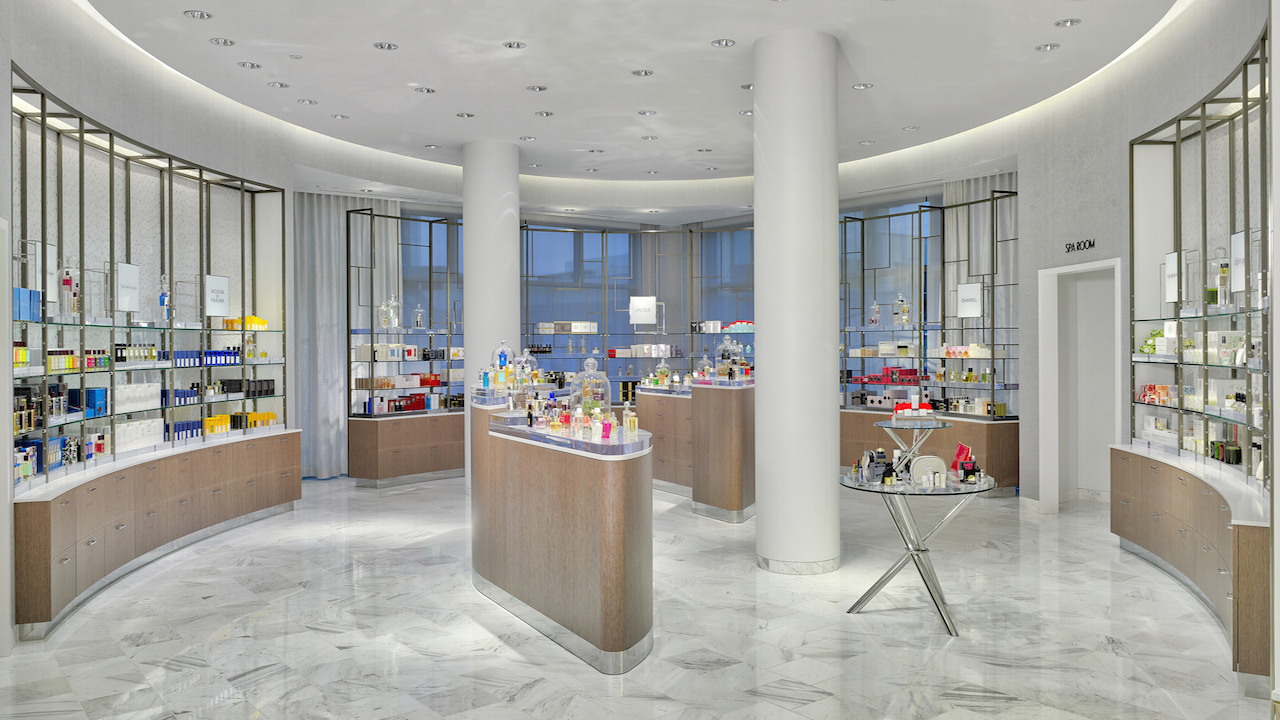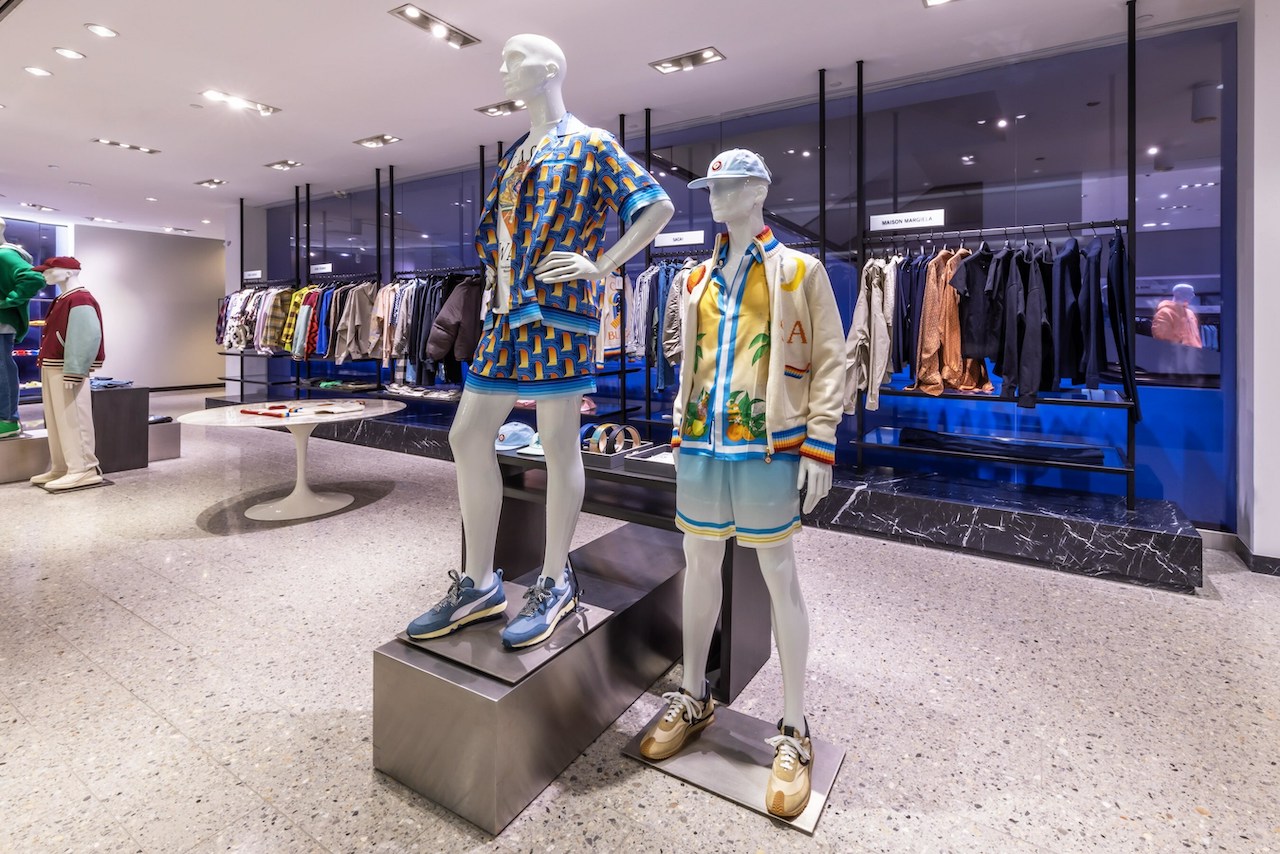Company Overview: Saks Neiman Marcus

Saks Neiman Marcus is a luxury department store chain with a rich history and a reputation for excellence. Founded in 1923 by Horace Saks and Adam Neiman, the company has grown from a single store in Atlanta, Georgia, to a global enterprise with locations across the United States, Canada, and Europe.
Saks Neiman Marcus is a luxury department store chain that offers a wide range of designer clothing, accessories, and home goods. During the COVID-19 pandemic, many people experienced flirtatious symptoms such as increased heart rate, sweating, and difficulty breathing. Covid 19 flirt symptoms can be mistaken for other conditions, so it is important to be aware of the signs and symptoms.
Saks Neiman Marcus has implemented a number of safety measures to protect its customers and employees, including requiring masks, social distancing, and increased cleaning.
Key Milestones, Saks neiman marcus
- 1923: Saks and Neiman open their first store in Atlanta, Georgia.
- 1929: Saks and Neiman merge to form Saks Neiman Marcus.
- 1938: Saks Neiman Marcus opens its flagship store in New York City.
- 1963: Saks Neiman Marcus acquires Bergdorf Goodman, another luxury department store.
- 1998: Saks Neiman Marcus goes public.
- 2007: Saks Neiman Marcus is acquired by private equity firm TPG Capital.
- 2013: Saks Neiman Marcus files for bankruptcy protection.
- 2015: Saks Neiman Marcus emerges from bankruptcy protection.
Current Business Model
Today, Saks Neiman Marcus operates a multi-channel retail business that includes:
- Retail stores: Saks Neiman Marcus has over 40 retail stores located in major cities across the United States, Canada, and Europe.
- E-commerce: Saks Neiman Marcus has a robust e-commerce presence, with a website that offers a wide selection of luxury products.
- Luxury product offerings: Saks Neiman Marcus offers a wide range of luxury products, including clothing, handbags, shoes, jewelry, and cosmetics.
Target Audience and Marketing Strategies
Saks Neiman Marcus targets a discerning and affluent clientele. Their core demographic includes:
- High-income individuals (typically with annual household incomes exceeding $200,000)
- Sophisticated shoppers with a refined taste for luxury
- Individuals aged 35-65, primarily women
Psychographically, Saks Neiman Marcus customers value:
- Quality and exclusivity
- Personalized service and experiences
- Trendsetting and aspirational fashion
Shopping behaviors of Saks Neiman Marcus customers include:
- Frequent in-store visits for personalized consultations
- Online shopping for convenience and extended product offerings
- Loyalty to the brand and its rewards programs
Marketing Strategies
Saks Neiman Marcus employs a comprehensive range of marketing strategies to engage its target audience:
- Advertising Campaigns: The company launches high-profile advertising campaigns featuring celebrity endorsements, captivating visuals, and exclusive promotions.
- Social Media Presence: Saks Neiman Marcus maintains a strong presence on social media platforms, showcasing product launches, styling tips, and behind-the-scenes content.
- Loyalty Programs: The company offers loyalty programs such as the SaksFirst program, which provides exclusive benefits, rewards, and personalized experiences.
Competitive Landscape and Future Outlook

Saks Neiman Marcus operates in a highly competitive luxury retail market, facing both traditional and emerging rivals.
Traditional competitors include Nordstrom, Bloomingdale’s, and Bergdorf Goodman, which offer similar assortments of high-end fashion, accessories, and home goods. Emerging competitors include online luxury retailers such as Net-a-Porter and Farfetch, which have gained market share by providing convenience and a wider selection of products.
Competitive Advantages
- Strong brand recognition and reputation: Saks Neiman Marcus has built a strong brand reputation over its 100+ years of operation, known for its exclusive product offerings and exceptional customer service.
- Curated product assortment: Saks Neiman Marcus offers a carefully curated assortment of luxury goods, including exclusive collaborations with designers and limited-edition items, which sets it apart from competitors.
- Personalized shopping experiences: The company emphasizes personalized shopping experiences through its personal stylists and in-store events, catering to the unique needs of its affluent clientele.
Competitive Weaknesses
- Limited geographic reach: Compared to online luxury retailers, Saks Neiman Marcus has a limited geographic reach with a relatively small number of physical stores, which may limit its ability to compete in certain markets.
- High operating costs: Maintaining luxury stores and providing personalized services can result in higher operating costs for Saks Neiman Marcus, which can impact its profitability.
- Competition from emerging online retailers: Online luxury retailers offer a wider selection of products, convenience, and often lower prices, posing a significant competitive threat to traditional brick-and-mortar retailers like Saks Neiman Marcus.
Future Outlook
The future outlook for Saks Neiman Marcus is shaped by both opportunities and challenges. Growth opportunities include:
- Expansion into new markets: Saks Neiman Marcus has the potential to expand its geographic reach by opening new stores in underserved markets or through strategic partnerships.
- Enhanced digital presence: Investing in its digital platform and online shopping experience can help Saks Neiman Marcus compete with emerging online retailers and reach a wider audience.
- Exclusive collaborations and product offerings: Continuing to offer exclusive collaborations and limited-edition items can help Saks Neiman Marcus maintain its competitive edge and attract discerning luxury consumers.
However, challenges also exist:
- Intensifying competition: The luxury retail market is becoming increasingly competitive, with both traditional and emerging retailers vying for market share.
- Changing consumer preferences: Consumers are increasingly shifting towards online shopping and value-driven purchases, which may impact the demand for traditional luxury retail.
- Economic downturns: Economic downturns can lead to decreased consumer spending on luxury goods, which could negatively affect Saks Neiman Marcus’s revenue.
Saks Neiman Marcus, a high-end department store chain, has its roots in the iconic Saks Fifth Avenue. Founded in 1924, Saks Fifth Avenue set the standard for luxury retail. Saks Fifth Avenue became renowned for its exceptional customer service and exclusive merchandise.
Today, Saks Neiman Marcus continues the legacy of its predecessor, offering an unparalleled shopping experience that blends the sophistication of Saks Fifth Avenue with the modern sensibility of Neiman Marcus.